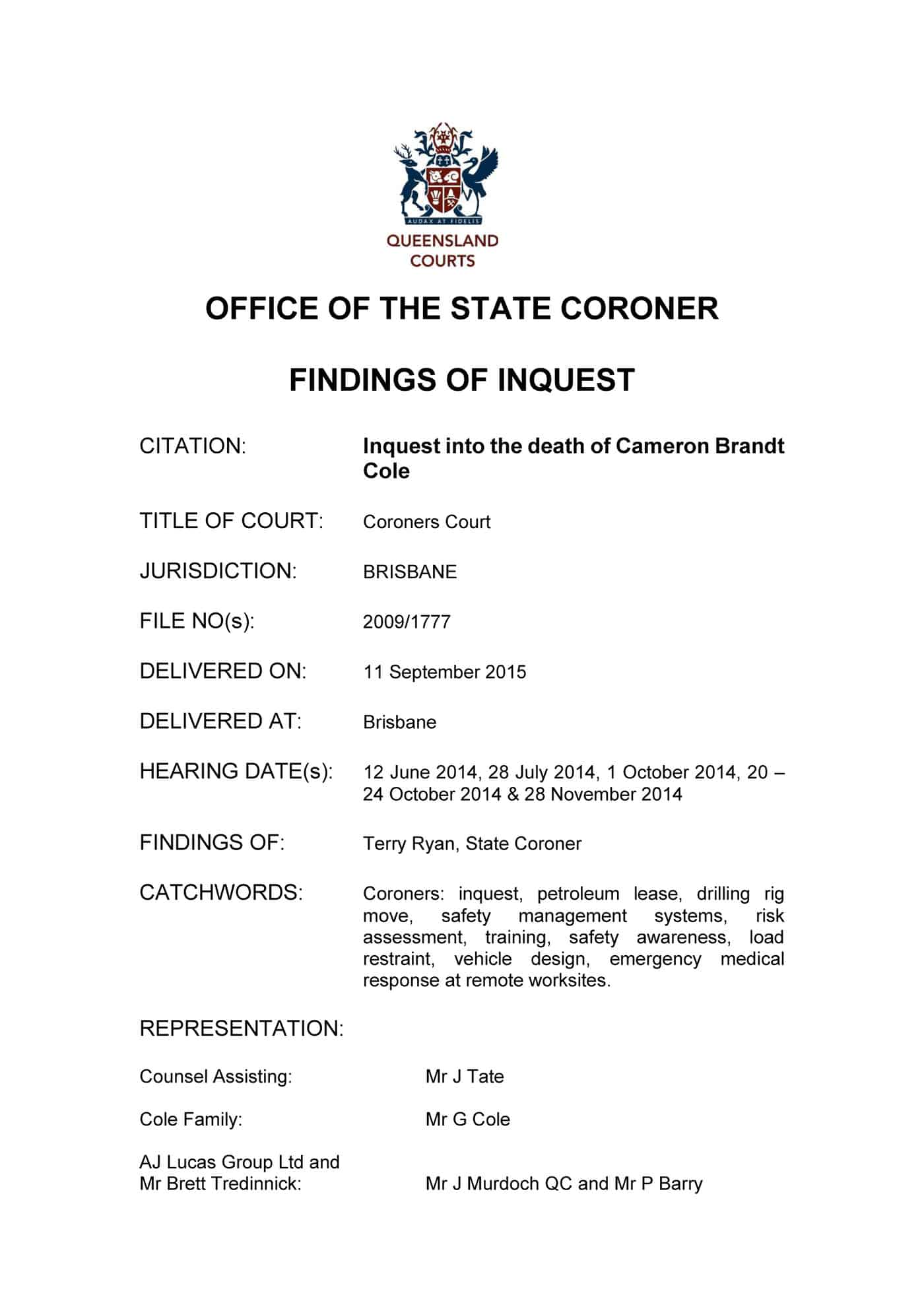 There is no doubt that football fields are the workplaces of professional football players and their support staff. So they are covered by occupational health and safety (OHS) and/or work health and safety (WHS) laws but what does this mean in relation to OHS regulators, and the sportspeople’s employers? Recently Eric Windholz looked at this particular issue.
There is no doubt that football fields are the workplaces of professional football players and their support staff. So they are covered by occupational health and safety (OHS) and/or work health and safety (WHS) laws but what does this mean in relation to OHS regulators, and the sportspeople’s employers? Recently Eric Windholz looked at this particular issue.
Windholz recently published “Professional Sport, Work Health and Safety Law and Reluctant Regulators” in which he states:
“The application of WHS law to professional sport is almost absent from practitioner and academic discourse. An examination of the websites of Australia’s WHS and sport regulators reveals none contains WHS guidance directed to professional sports.” (page 1, references are included in the paper)
The example he uses to show this apparent lack of interest, even by the Victorian OHS regulator, WorkSafe Victoria, is the Essendon Football Club supplements saga. Windholz writes
“Had these events occurred in the construction, manufacturing or transport industry, for example, it is difficult to imagine WHS regulators not intervening. Yet, WorkSafe Victoria initially was reluctant to investigate choosing to defer to ‘more appropriate bodies’. It only commenced an investigation when compelled by a request from a member of the public.” (page 2)

 A
A